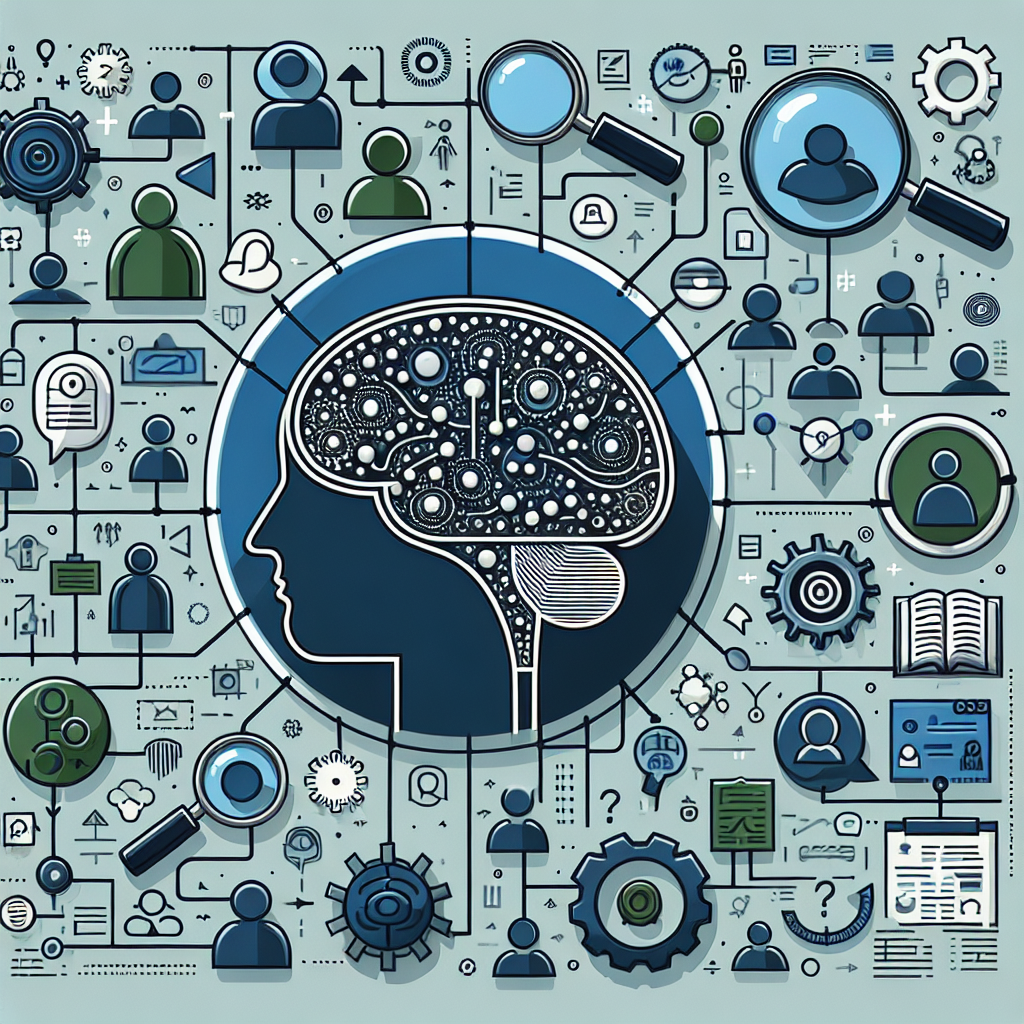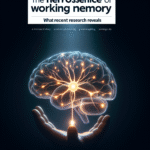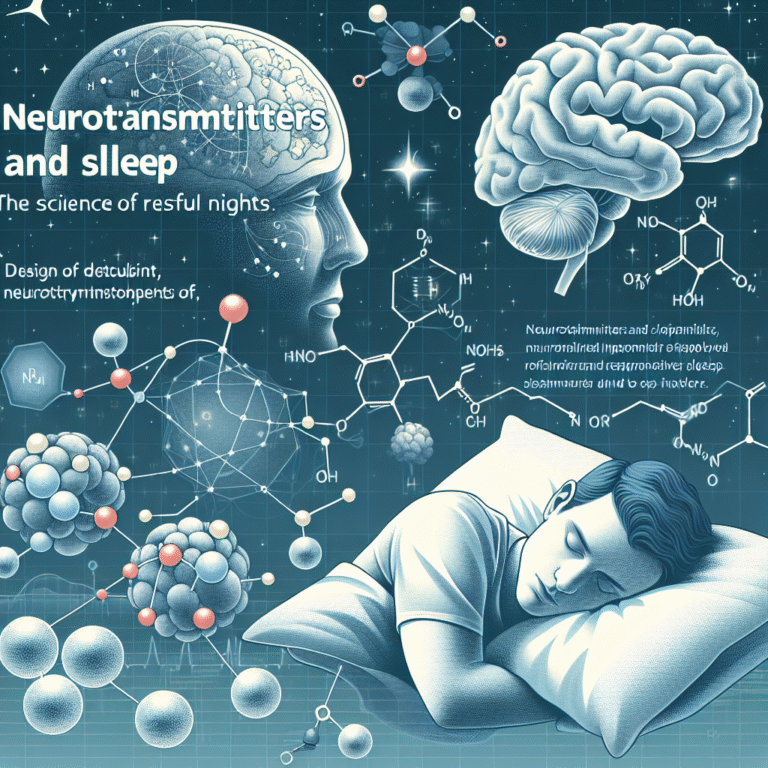
Introduction
In our interconnected world, the social landscapes we traverse are often intricate and multifaceted. Whether it’s in a professional setting, a community group, or even among friends, understanding the mechanics of group dynamics is essential. When we delve into Navigating Social Landscapes: The Cognitive Mechanics of Group Dynamics, we uncover strategies that not only enhance our interpersonal relationships but also improve our decision-making abilities and emotional intelligence.
Understanding group dynamics has never been more relevant. As we navigate a plethora of social interactions online and offline, the cognitive processes behind how we engage with others can profoundly influence our personal and professional outcomes. In this exploration, we will dissect the cognitive mechanics that underlie group behavior, supported by compelling case studies, charts, and valuable insights that can make you a more effective navigator of your social landscape.
The Framework of Group Dynamics
Defining Group Dynamics
Group dynamics refers to the unseen forces that influence the interactions and behaviors of members within a group. These dynamics can make or break a team’s performance, emphasizing the need for individuals to understand the intricate web that connects them to their peers.
Table 1: Key Terms in Group Dynamics
| Term | Definition |
|---|---|
| Social Facilitation | The tendency for people to perform differently in the presence of others. |
| Groupthink | A psychological phenomenon where the desire for harmony in a group results in irrational decision-making. |
| Cohesion | The degree to which group members stick together. |
| Norms | The informal guidelines about what is considered acceptable behavior in a group. |
The Cognitive Process Behind Social Interactions
At the heart of Navigating Social Landscapes: The Cognitive Mechanics of Group Dynamics is the understanding of cognitive processes at play. Cognitive psychology explains that our decisions, behaviors, and interactions are not solely instinctual but often the result of intricate mental processes influenced by our environment.
-
Perception plays a critical role. How we interpret the behaviors of others significantly impacts our responses. For instance, if a colleague appears distracted during a team meeting, our interpretation might lead us to conclude they are disinterested in our project.
-
Social Identity Theory posits that individuals define themselves by their group memberships. This principle can lead to in-group favoritism, where individuals favor their own group over others, potentially leading to conflicts or misunderstandings.
- Cognitive Dissonance occurs when individuals face conflicting beliefs or behaviors within a group, prompting a shift in attitudes to achieve harmony.
Real-World Example: The Stanford Prison Experiment
One of the most notable studies in group dynamics is the Stanford Prison Experiment conducted by Philip Zimbardo in 1971. This experiment revealed how quickly individuals can conform to roles assigned to them, influencing behavior and group interaction dynamics.
Analysis:
The participants, assigned as "guards" or "prisoners," demonstrated extreme behaviors that were reflective of their roles rather than their personalities. This case vividly illustrates how cognitive mechanics can drive social behaviors, transforming ordinary people into agents of authority or submission.
Navigating Social Landscapes: The Cognitive Strategies
Building Emotional Intelligence
Emotional intelligence (EQ) is increasingly recognized as a vital skill in navigating the complexities of group dynamics. It’s the ability to recognize, understand, and manage our own emotions while also acknowledging and influencing the emotions of others.
Chart 1: Components of Emotional Intelligence
| Component | Description |
|---|---|
| Self-awareness | Recognizing one’s emotions and their impact. |
| Self-regulation | Managing emotions in healthy ways. |
| Motivation | Using emotions to pursue goals. |
| Empathy | Understanding and considering others’ feelings. |
| Social skills | Building relationships and managing interpersonal interactions. |
Developing Your EQ
-
Practice Active Listening: This involves not only hearing what someone else says but also understanding the emotions behind their words.
-
Journaling Emotions: Regularly writing down your feelings can enhance self-awareness and lead to better emotional control.
- Seek Feedback: Engaging with others about your behaviors can provide valuable insights into how you are perceived in social landscapes.
The Role of Leadership in Group Dynamics
Effective leadership is crucial in navigating social landscapes. Leaders set the tone for group interactions and dictate the norms that govern behavior within a group.
Types of Leadership Styles
-
Transformational Leadership: This style inspires and motivates team members through vision and emotional connection.
-
Transactional Leadership: Focused on clear structures and rewards for performance, this approach can enhance productivity but may lack the inspirational quality of transformational leadership.
- Servant Leadership: By prioritizing the growth and wellbeing of group members, this style fosters strong relationships and heightened group cohesion.
Case Study: Google’s Project Aristotle
Google’s Project Aristotle aimed to identify the key factors that contribute to successful teams. The study concluded that psychological safety was the most critical aspect for effective teamwork. When team members feel safe to take risks and express their thoughts without fear, the group thrives.
Analysis:
This case emphasizes that an awareness of psychological factors and emotional safety greatly influences productivity and collaboration within a team.
Challenges in Group Dynamics
Overcoming Groupthink
Groupthink can stifle creativity and innovation in groups. This phenomenon occurs when the desire for consensus overrides realistic appraisal of alternatives. To combat groupthink:
-
Encourage Open Dialogue: Create an environment where dissent is respected and valued.
- Diverse Teams: Assemble groups with varied backgrounds and perspectives to foster fresh ideas and critical thinking.
Misinformation in Group Settings
In today’s digital landscape, misinformation spreads rapidly, influencing group dynamics. Whether in a corporate environment or casual social interactions, misinformation can create conflict and misunderstanding.
-
Critical Thinking Training: Equip team members with skills to analyze information critically and question assumptions.
- Fact-Checking Protocols: Establishing clear guidelines for verifying information can reduce the negative impact of misinformation.
Conclusion
In conclusion, Navigating Social Landscapes: The Cognitive Mechanics of Group Dynamics is a vital skill set that can elevate our interactions in all spheres of life. By understanding cognitive mechanics behind behaviors, fostering emotional intelligence, and combating challenges such as groupthink and misinformation, we can enhance our effectiveness in group settings.
As we continue to navigate these complex social landscapes, remember that your ability to connect with others, lead thoughtfully, and embrace diversity can transform not just your individual experiences but also those of your entire group. Develop your skills, challenge the status quo, and become a beacon for positive group dynamics.
FAQs
1. What is group dynamics, and why is it important?
Group dynamics refers to the forces that influence the interactions and behaviors within a group. Understanding this is crucial for improving collaboration, decision-making, and overall group effectiveness.
2. How does emotional intelligence play a role in group dynamics?
Emotional intelligence helps individuals manage their own emotions and understand others’. High emotional intelligence can enhance communication, build trust, and foster better relationships within a group.
3. What is groupthink, and how can it be avoided?
Groupthink is a situation where the desire for conformity leads to poor decision-making. It can be avoided by encouraging open dialogue, inviting diverse perspectives, and establishing a culture that values dissent.
4. How can I develop my leadership skills in group settings?
To enhance your leadership skills, focus on building emotional intelligence, practicing active listening, fostering an inclusive environment, and being adaptable to the needs of your team members.
5. What are some strategies to handle conflicts in groups?
Effective strategies include open communication, active listening, recognizing emotions, seeking common ground, and emphasizing collaboration over competition.
By employing the insights above, you can become adept at Navigating Social Landscapes: The Cognitive Mechanics of Group Dynamics and lead your groups to greater heights.
















